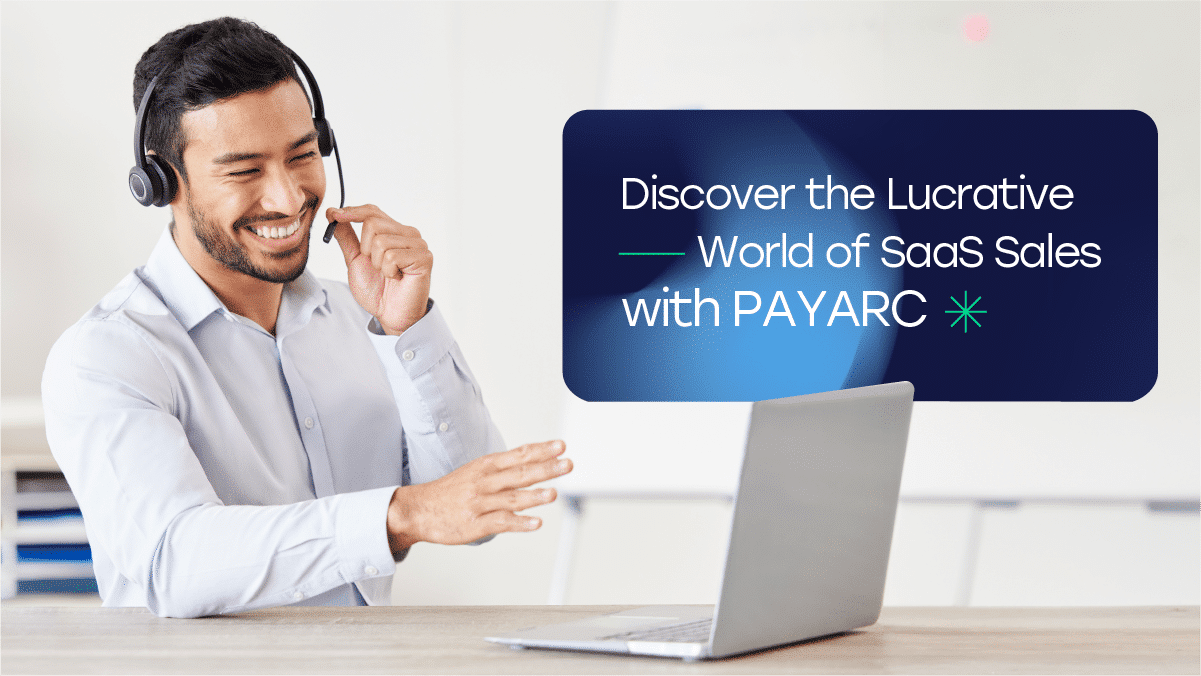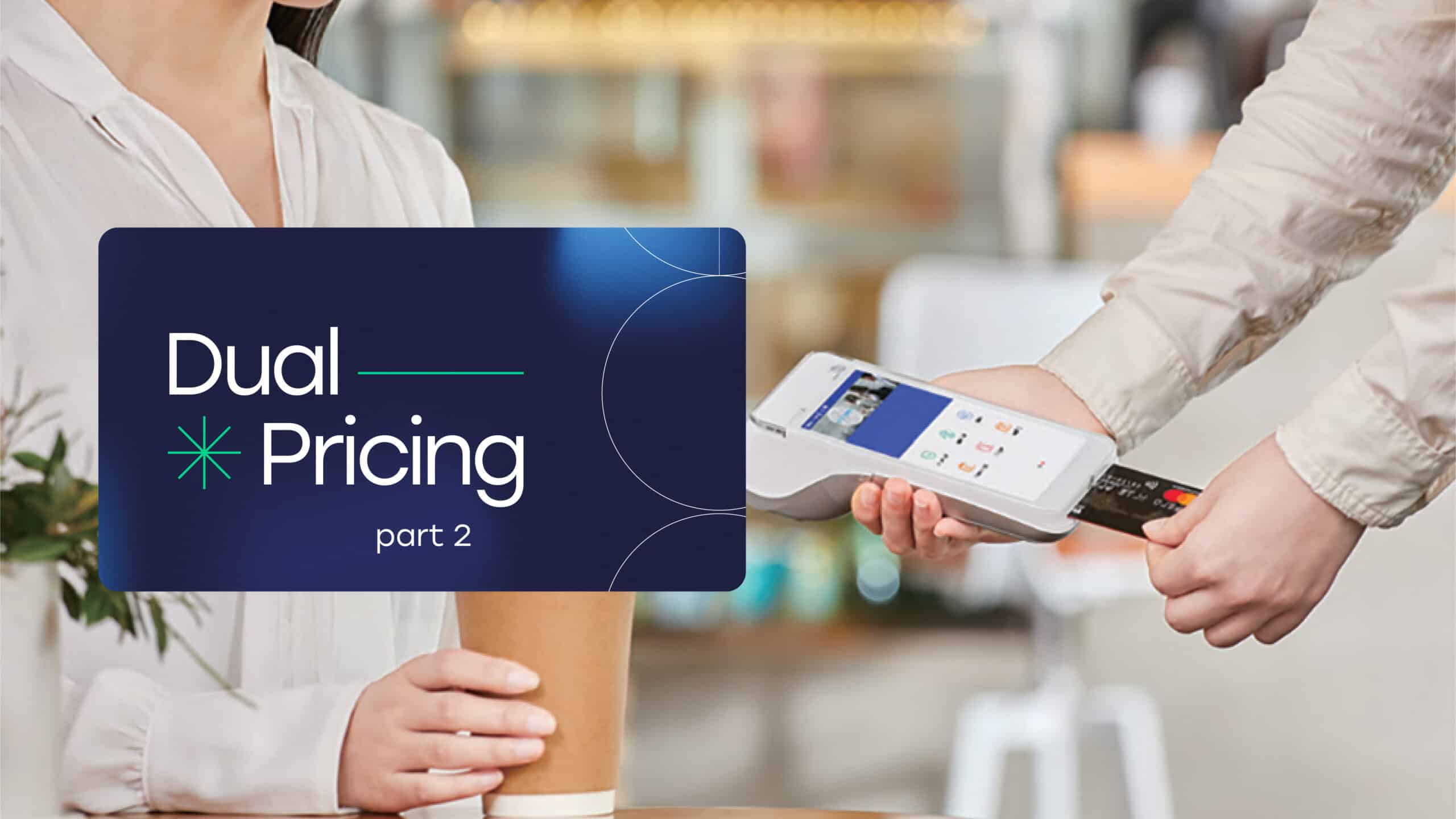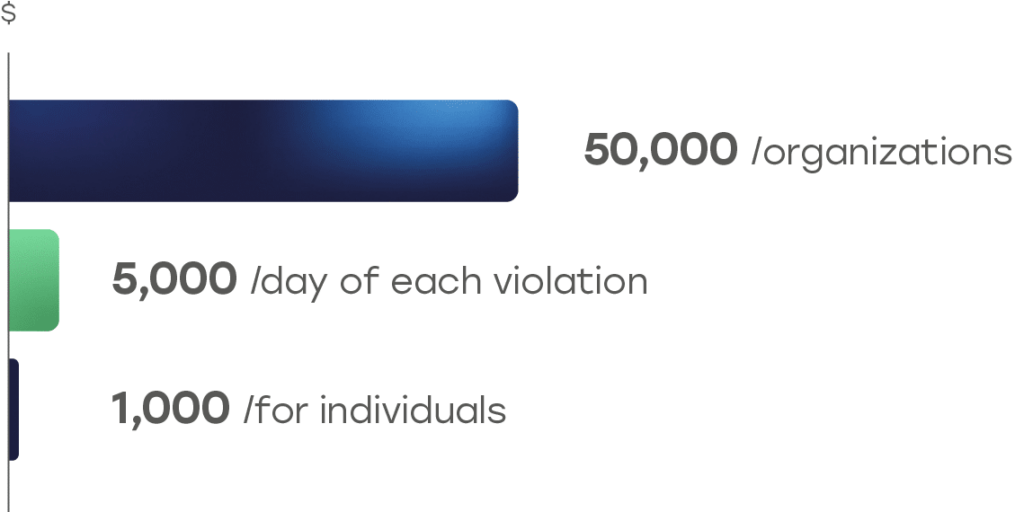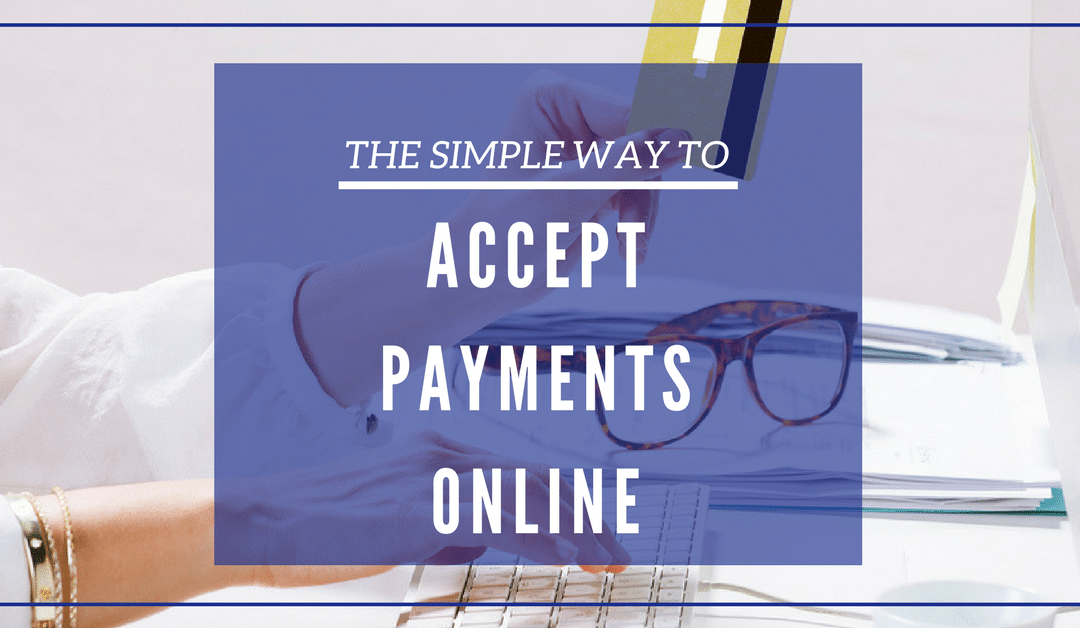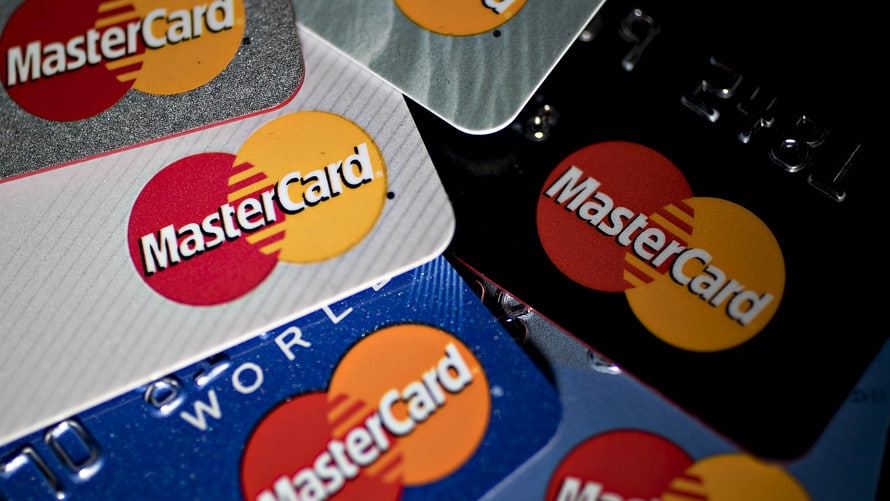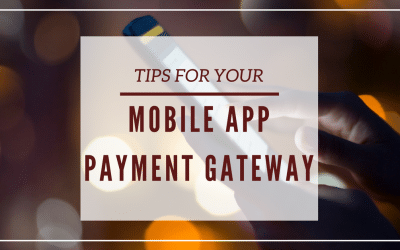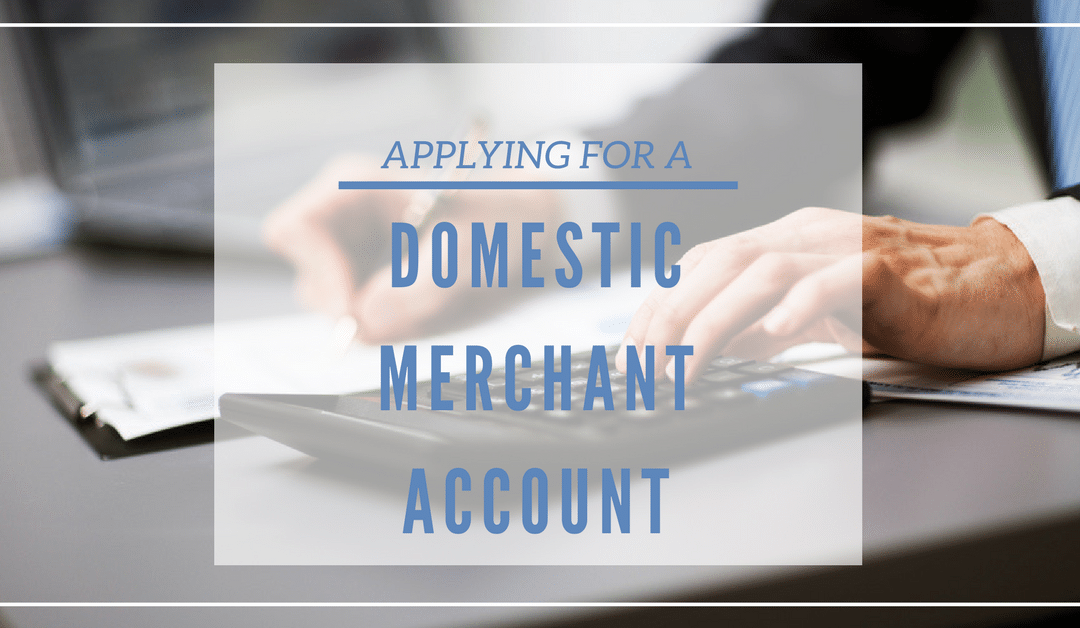The Software-as-a-Service (SaaS) model has revolutionized the software industry, and PAYARC is at the forefront. As businesses increasingly seek out SaaS solutions for their operational needs, the opportunities for sales professionals have skyrocketed. Let’s explore how you can join the ranks of successful representatives and experience the benefits of partnering with PAYARC.

Understanding the Power of SaaS
In the past, businesses purchased software licenses for a one-time fee, hosted on their own servers. Then, SaaS emerged, offering cloud-hosted software accessible through subscriptions. This shift provided unparalleled advantages, such as easy scalability, regular updates, and reduced infrastructure costs. Today, SaaS solutions cover diverse sectors, including CRMs, billing software, warehouse management tools, and healthcare applications.

Mastering the SaaS Sales Process
At PAYARC, we equip our sales representatives with a well-defined sales process to achieve success in the dynamic world of SaaS.
- Prospecting: Utilize digital channels, blogs, social media, and events to connect with digital-savvy customers interested in SaaS solutions.
- Qualifying: Determine promising leads to focus your efforts on, using lead scoring tools and direct communication to gauge customer interest.
- Presenting: Engage in phone calls to understand customers’ pain points and present tailored solutions to meet their needs effectively.
- Closing: Navigate price negotiations and contract terms while emphasizing the value of our SaaS products.
The Path to SaaS Sales Success
Getting started in SaaS sales may seem daunting, but PAYARC offers valuable guidance and support to help you excel.
- Find a Mentor: Leverage the expertise of senior sales professionals to gain insights and overcome challenges.
- Focus on Your Technical Foundation: Cultivate a deep understanding of our SaaS products to effectively communicate their benefits to customers.
- Specialize in an Industry or Product Type: Develop expertise in a niche that interests you to excel in your sales efforts.
Why Choose SaaS Sales with PAYARC?
Joining PAYARC’s team of SaaS sales representatives offers you a rewarding and lucrative career path.
Lucrative Earning Potential: Our sales representatives enjoy a combination of competitive base pay and uncapped commissions.
Continuous Support: Benefit from regular communication with our leadership team, ensuring you are aligned with our company’s direction.
Extensive Training: Receive comprehensive training on our cutting-edge SaaS products, enabling you to confidently address customer needs.
Are You Ready to Thrive with PAYARC?
If you’re a motivated and tech-savvy sales professional seeking a fulfilling career with excellent earning potential, sales with PAYARC is the perfect fit for you. Join us on this exciting journey, and together, we’ll make a profound impact on businesses worldwide.
Get in touch with us today to explore this incredible opportunity to become a top-performing SaaS sales representative at PAYARC!

